Review for Peacemaker Kurogane
Introduction
Anime as home entertainment seems to be coming of age. It’s really only been around as a significant industry in the West for say the last 25 years, but it’s enough time for there to have been instilled a sense of history, and of continuity. That’s pretty hard to do in a business that is more about the now, and the next big thing. But just as in mainstream media, there has ever been a move to keep the classics in print, the same has also been true in anime. But now, anime distributors are beginning to re-release more obscure titles that may be worthy of re-evaluation. Given the number of releases there have been, the number of distributors that have come and gone, that offers rich pickings for companies looking to trawl for the gems of yesteryear.
Take ADV Films for instance. For a good while in the noughties, it was the biggest anime distributor in the UK, releasing well over a hundred titles. Some of them are bona fide classics; that they are out of print is a crime. Maybe one day we will see Neon Genesis Evangelion again. But there are plenty of other titles in their back catalogue which the current generation of anime fans in the UK deserve to see, shows which might have been rescued in the US or Australia, but have been left to languish here. Over the years, Manga Entertainment has stepped into to re-release Hellsing, Guyver The Bioboosted Armor, and Last Exile, while MVM completed the releases of Pumpkin Scissors, Welcome to the N.H.K. and Red Garden, which were left hanging when ADV Films shut down. 101 Films have given Rahxephon a re-release, as well as Lady Death, and they even upgraded Elfen Lied to Blu-ray adding in the OVA.
All the Anime have already gone on the ADV resurrection trail, giving Blu-ray releases to the Full Metal Panic trilogy, Voices of a Distant Star and The Place Promised in Our Early Days, and Martian Successor Nadesico. This spring, they are revisiting some DVD classics too, and I’m looking forward to once more going on Kino’s Journey and Chrono Crusade. But first I take a look at their re-release of Peacemaker Kurogane.
Brothers Tetsunosuke and Tatsunosuke Ichimura were orphaned when their parents were murdered for not conforming to society in isolationist Japan in the middle of the nineteenth century. Tetsunosuke swears revenge, although being fifteen years old and of diminutive stature, he’s not well equipped to make good on his vow. He decides to join Kyoto’s infamous militia, the Shinsengumi to get the adequate grounding and training that he needs, while his brother joins as an accountant. Tetsunosuke isn’t prepared for what such training entails, nor is he aware that becoming a member of the Shinsengumi involves shedding his humanity and becoming a demon instead. But that’s what he’ll have to do if he is to have his revenge.
24 episodes of Peacemaker Kurogane are presented across 4 DVDs from All the Anime.
Disc 1
1. Cherry Blossoms
2. Will
3. Crimson
4. Shadows
5. Moon
6. Warrior
7. Suzu
Disc 2
8. Love
9. Ryo
10. Quiet
11. Plot
12. Big Brother
13. Gaze
14. Thoughts
Disc 3
15. Poetry
16. Deceit
17. Hollow
18. Rain
19. Sky
20. Blade
Disc 4
21. Battle Array
22. Fight
23. Truth
24. Iron
Picture
Peacemaker Kurogane dates from 2003, that period where anime producers had ditched cel and paint, and had started animating their shows directly on computer. They were still at the bottom of a learning curve back then, and on top of that, they were animating for 480i broadcasts, so no Blu-rays unless they’re up-scales. Even with that proviso, Peacemaker doesn’t look all that great. The 4:3 regular image is presented on these DVDs with consistency; it’s clear and sharp, although the colour palette veers beyond autumnal towards the beige. It’s not the most animated of shows, but the character designs are consistent and likeable. This isn’t studio Gonzo’s finest work. The problem is with fine detail lines, which are prone to shimmer and aliasing. That’s exacerbated by scaling up on an HD panel. I wish I still had a CRT TV to watch it on. However, the native NTSC image is an improvement over the standards converted discs that were initially released here by ADV, and if you’re a fan of the show, that’s one reason to consider double-dipping.
Sound
You have the choice between DD 5.1 Surround English, and 2.0 Stereo Japanese with subtitles and signs. This is a dub from the old days, dating from 2005, so it’s going to sound a little creakier than modern dubs, but it works adequately. I went with the Japanese audio, and was happy enough with the voice actor performances, and the action sequences come across well enough. The subtitles are timed accurately and are free of typos. The opening and closing theme songs are pleasant enough, but the incidental music for Peacemaker is a disappointment. It varies between unmemorable, and the worst kind of computer midi music, and can throw you out of the story at times.
Extras
The discs present their content with static menus and jacket pictures. Funimation rescued the title in the US after ADV went under, and these are the Funimation discs reworked for the Region 2 market.
Disc 1 autoplays a trailer for Trigun: Badlands Rumble.
Episode 7 has a commentary featuring Luci Christian (Tetsu), Kira Vincent Davis (Akesato), and Julie Knapp (Yugao).
Disc 2 autoplays a trailer for Chrono Crusade.
There is a commentary on episode 9 featuring Vic Mignogna (Tatsu), and David Born (Ryoma Sakamoto).
Disc 3 autoplays a trailer for Eden of the East Movie 2: Paradise Lost.
The audio commentary on episode 15 features Luci Christian, Jason Douglas (Sanosuke), and Greg Ayres (Shinpachi).
Disc 4 has a trailer for D. Gray Man Season 2 before booting the main menu.
It also holds the majority of the video extras, with Character Collections offering character profiles in little two or three minute promo videos. There are ten in total.
The most notable extra on this disc is the Festival of Gion video which lasts 17:15. It’s a bit of a recap episode, with Soji relating to Ayumu how the Shinsengumi got started, and what happened after Tetsu and his brother joined. It’s presented as narration over slideshow still imagery from the series, and as such is hardly the most enthralling of watches.
You get around 3 minutes of TV and DVD Spots.
The Ikedaya Music Clip lasts 2:10.
You have the textless credits, one of each.
There are Funimation trailers for Burst Angel, Samurai 7, Soul Eater, Dragon Ball Z, Bamboo Blade, Black Blood Brothers, and Kenichi the Mightiest Disciple.
Conclusion
You’re never really aware of the passage of time until it’s starkly brought to your attention. Back in 2005 when Peacemaker Kurogane was first released on DVD, I was watching and reviewing anime, shows like Kiddy Grade, Fruits Basket, Love Hina, Full Metal Alchemist, Ghost in the Shell, Texhnolyze, Samurai Champloo and Tsukihime. You have this sense of continuity, this belief that anime has more or less stayed the same in terms of storytelling, even if the aesthetics have evolved. It was a bit of a shock to start watching Peacemaker Kurogane, and suddenly realising that I needed a different mindset to appreciate its story. The fashions in anime narrative really have changed that much. There are no clichéd, otaku satisfying character clichés to latch onto here, and despite its episodic nature, Peacemaker Kurogane is in for the long run. This is a show that is best appreciated as a whole.
It’s pretty dull and trivial to begin with, indulging in the silly, pointless, episodic comedy nonsense to establish its characters, before really engaging with the ongoing storyline to develop those characters. It’s only around the halfway mark, when it starts looking into brothers Tetsu and Tatsu’s back-story that you get an inkling that this show might just be more than the sum of its parts, when things get serious, and the show finally throws out that hook that will keep you hanging on till the end. It’s actually a little refreshing and daring to see a show do that, whereas if a show hasn’t got you by the end of the first episode these days, it will most likely be dropped. However, despite the hook, despite the ongoing improvement as the series unfolds, Peacemaker Kurogane doesn’t really deliver all that it promises, and in the end the show feels hollow and unsatisfying, nowhere near as good as it could have been.
Set in Kyoto in the middle of the nineteenth century, when the age of the samurai was in decline, Peacemaker Kurogane’s backdrop is the power struggle that was waged between those loyal to the shogun, the military ruler of Japan, and those loyal to the Emperor. The Shinsengumi were a band of samurai who formed a militia in the then capital to protect the shogun’s interests. The Choshu were loyal to the Emperor who strove to overthrow the shogun and restore the Emperor to power. And so the conflict unfolded.
The story focuses on Tetsunosuke Ichimura, a 15-year old boy, small for his age, who witnessed his parents’ murder, a crime that has haunted him for the last two years. He wants the strength to deal with his trauma, and gain revenge against the man responsible, and so it is that with his brother Tatsu he joins the Shinsengumi. His brother is joining to work for them as an accountant, but Tetsu wants to be inducted into the ranks, wants to be trained up to wield a sword, and to become as strong as possible. And as it transpires, the man who he’s looking for is with the Choshu, the Shinsengumi’s enemies.
Tetsu is a boy who’s suffering from post traumatic stress; he can only sleep in a closet for safety, and his brother is understandably protective of him, disagreeing with his desire to join the Shinsengumi. And when it comes to the Shinsengumi, while Tetsu is welcomed by most of them, he’s certainly not welcomed by Vice Commander Toshizo Hijikata, who for reasons of his own refuses to have Tetsu trained, and in the end only relenting so far as to employ him as his page, a servant more invested in cleaning the dojo and doing the laundry than picking up a sword. And pretty early on it is made clear that those in the Shinsengumi have sacrificed something of their humanity to become samurai, that they think of themselves as demons in human form. So the story becomes much more philosophical for Tetsu, as he weighs the consequences of his revenge against his desire to stay human.
That question is asked again and again of Tetsu, especially as he begins to meet other people, make new friends, both in the Shinsengumi (a shinobi named Yamazaki, and the chef, Ayumu), and outside. There’s a hint of potential romance for him when he meets a mute girl named Saya, albeit with a tragic past of her own. And there is the fractious relationship with a boy named Suzu that slowly develops into a friendship. In a narrative irony, it turns out that Suzu is also a page, but for a man in the Choshu group, and that he has a similar motivation as Tetsu.
The first problem with Peacemaker Kurogane is the same as with all similar shows such as Hakuoki, that of cultural D.N.A. The Shinsengumi are in the Japanese cultural D.N.A, the same way as Robin Hood is in ours. It means that these characters and settings, and back story can be presented without going into too much detail, with the assumption that most people will know the shorthand. That isn’t so when such stories come to the West. Back when Peacemaker Kurogane was released by ADV, they had a habit of using the inner sleeves of their DVD volumes for production notes and historical context that would fill in the blanks. That no longer happens, so a little background reading is useful in this case. The second thing about the Shinsengumi is that once you’ve seen Gintama, you really can’t see them in any other way. Hijikata without mayonnaise just feels wrong!
The second problem with Peacemaker Kurogane is that of missed potential. The story is complete in these twenty four episodes, and if you’re invested in Tetsu’s journey, you will be satisfied by the outcome. But there are many roads left untraveled in this series, some of them even signposted by the credit sequences. There are unanswered questions about Tetsu’s family, about why they were murdered, why his father was called the Peacemaker, how the character of Ryouma Sakamoto fits into all of this, just what Tatsu actually knows about all this, how the Fuma kunoichi are involved and so on. There’s so much more story under the surface that isn’t elaborated upon that the show can feel a little disappointing, especially when you consider how many of the twenty four episodes were spent on comparative triviality, especially early on.
There’s a lot to appreciate about Peacemaker Kurogane, once you get past the creaky animation, even for 2003, and the really poor music score (the Can-Can, really?). But the series is never as good as its potential indicated, and that’s a lot harder to get past.
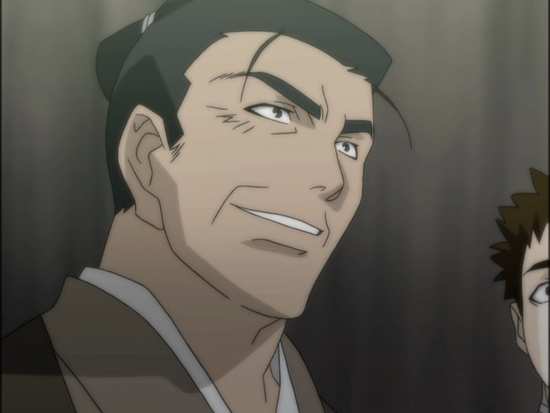
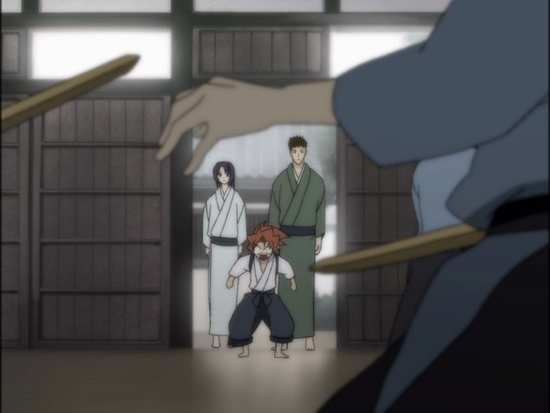
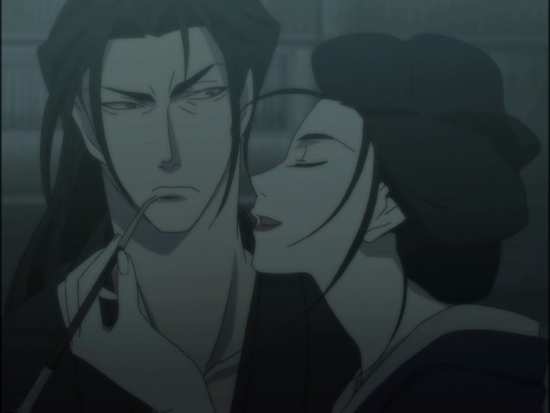
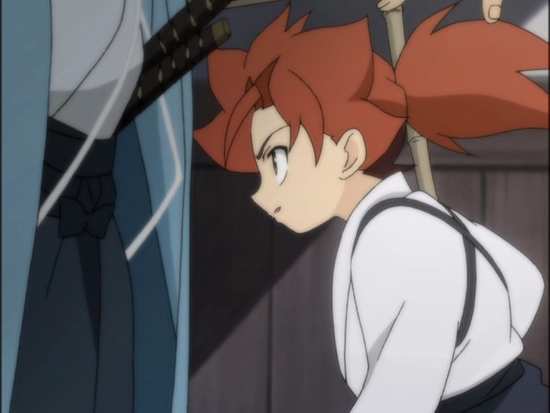
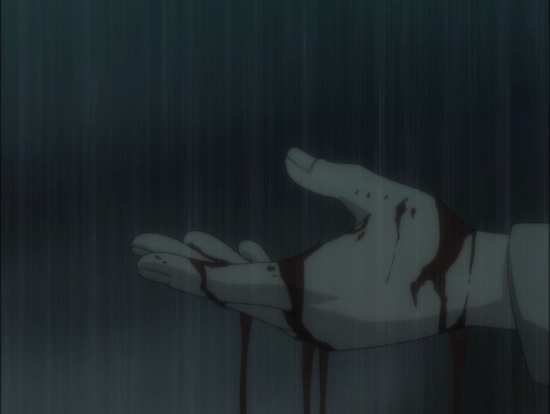
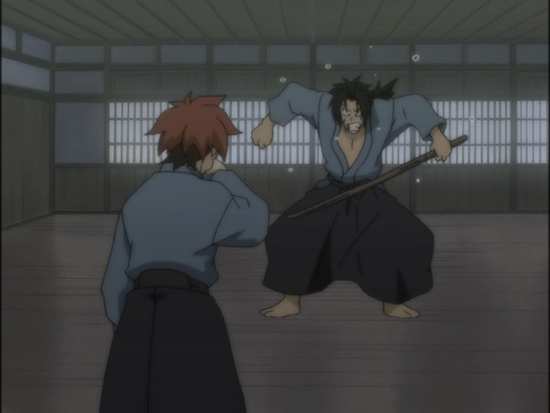
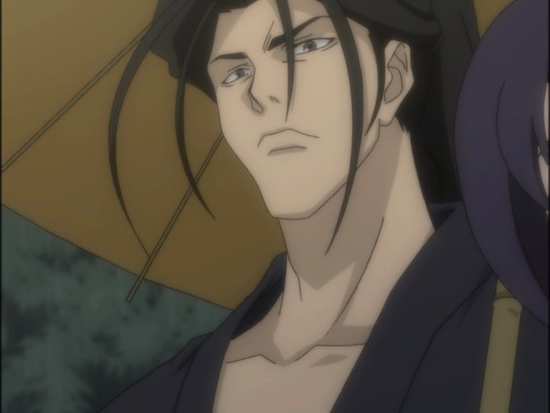

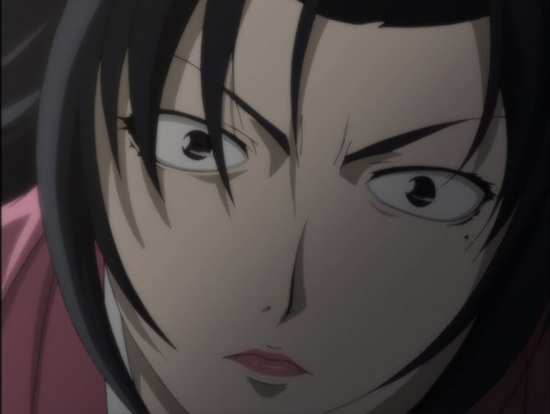
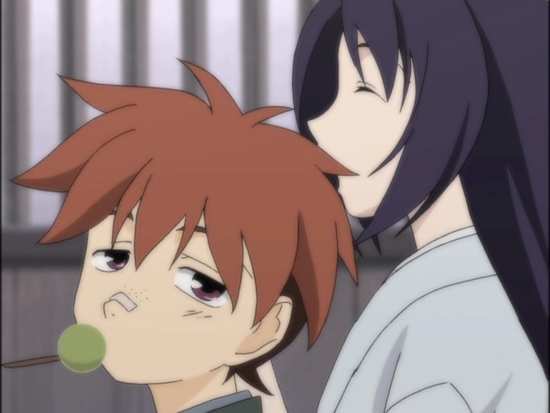
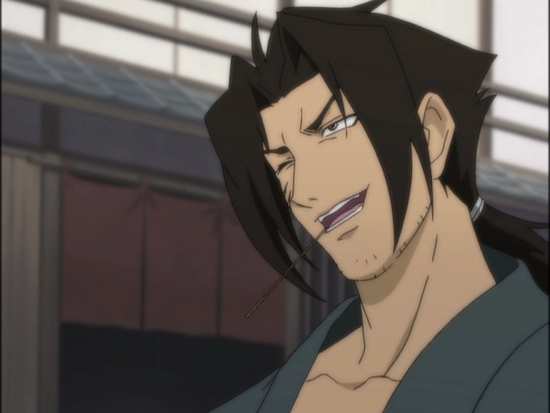
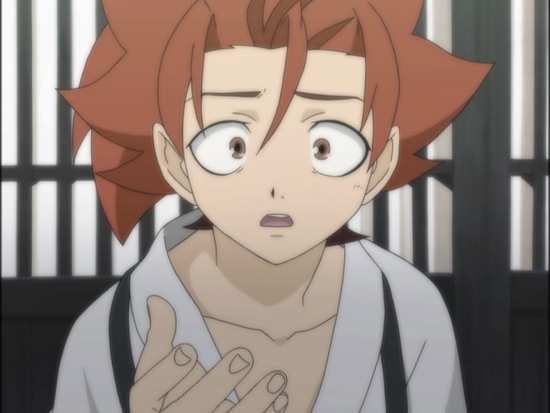
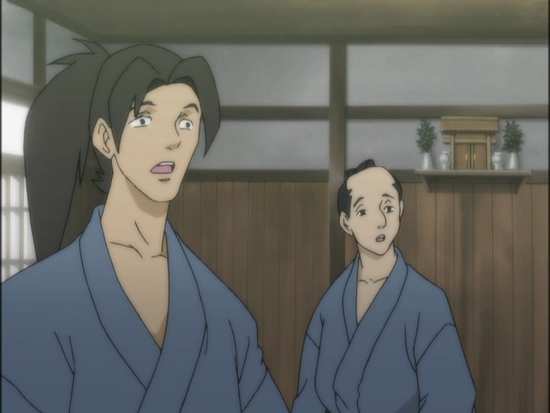
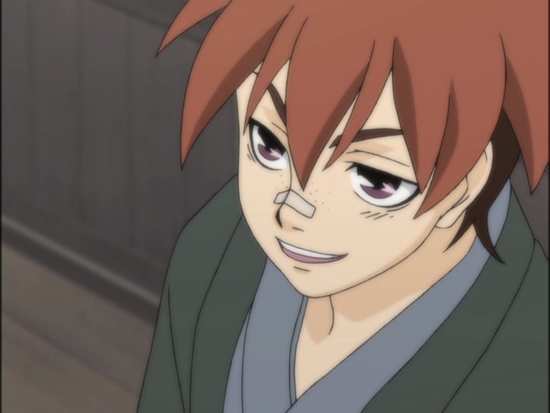
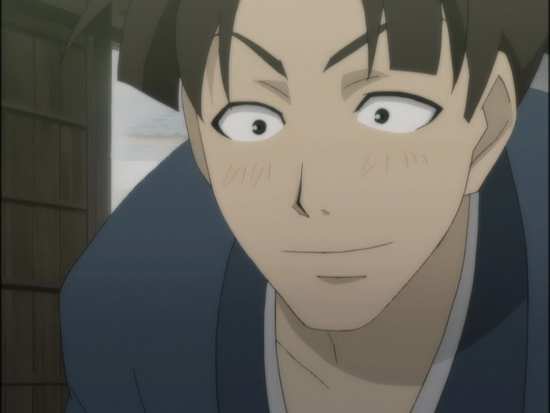
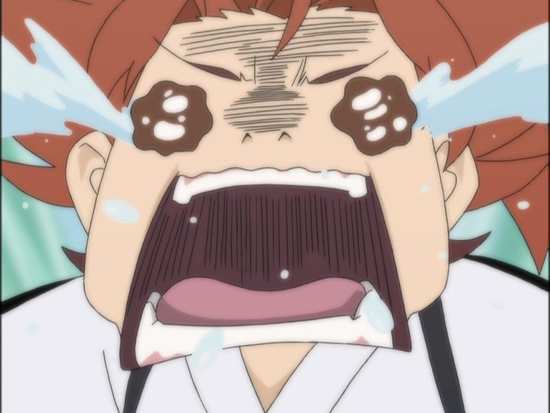
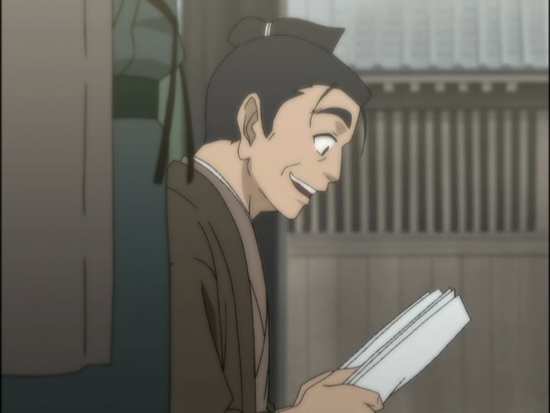
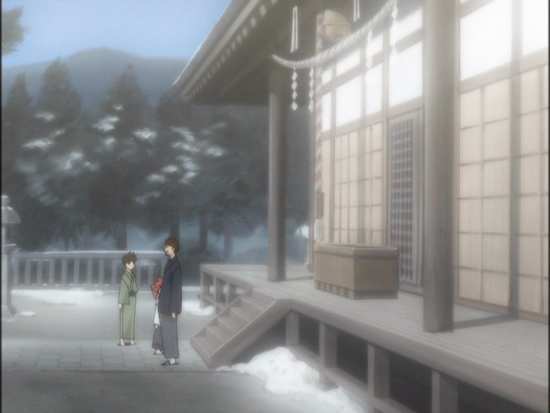
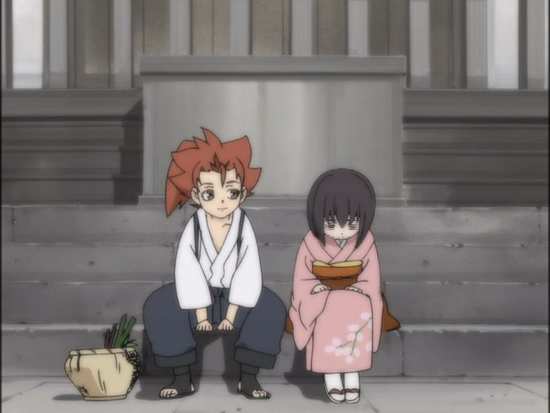
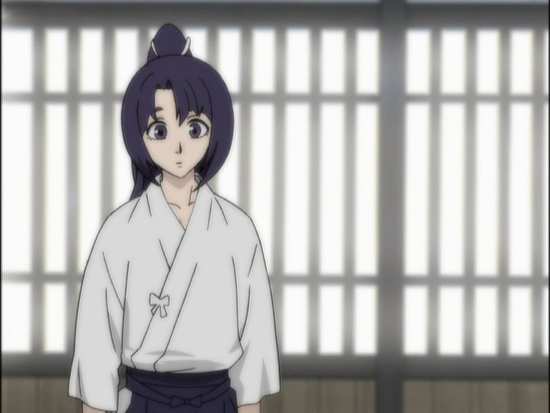
Your Opinions and Comments
Be the first to post a comment!